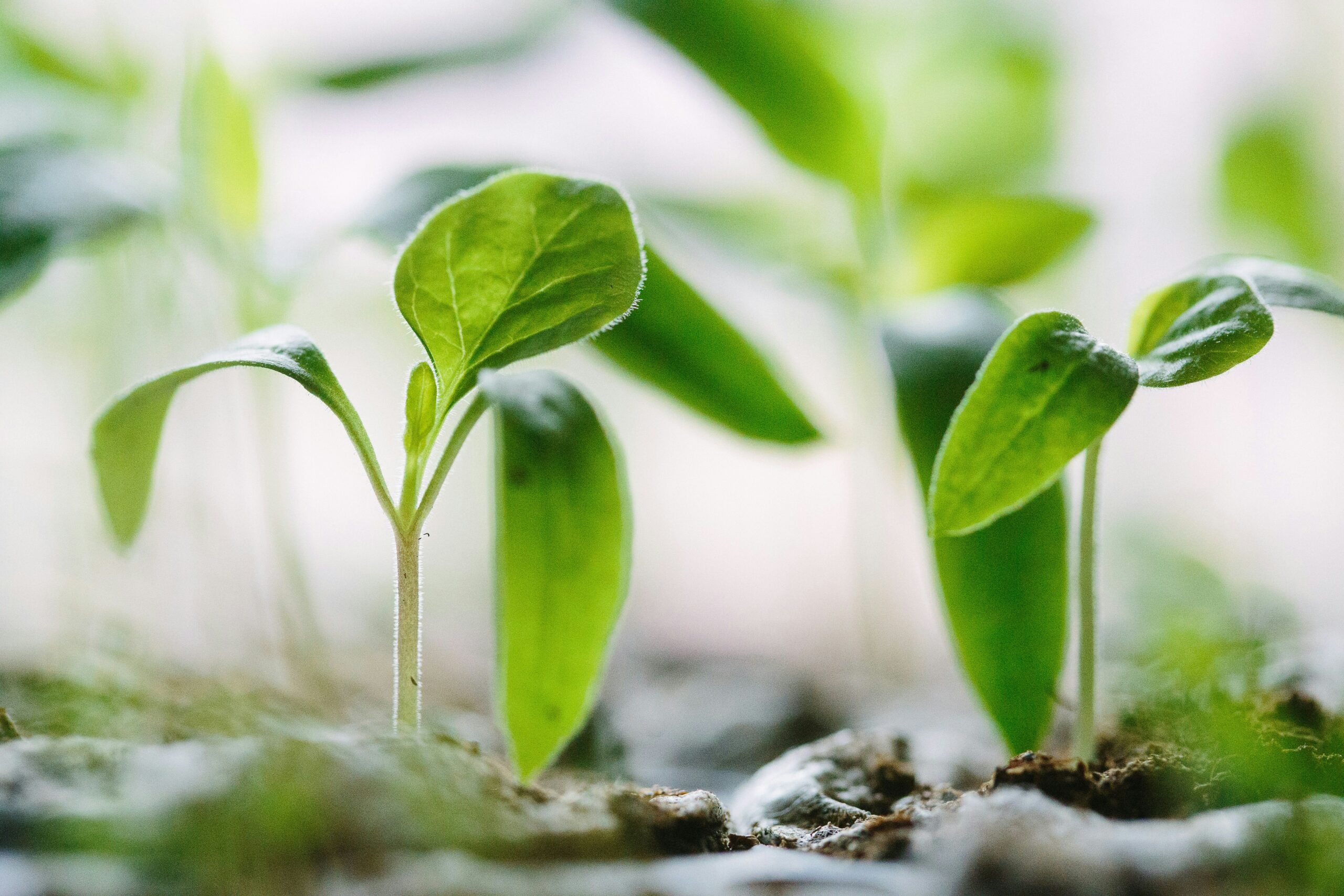When Luiz Inacio Lula da Silva won the Brazilian presidential election there were high hopes that he would address the issue of the destruction of the Amazon rainforest, preferably to halt it.
It is hard to get one’s head round the extent of the destruction of the rainforest.
According to the Brazilian Space Research Institute (INPE), 1,455 square kilometres (562 square miles) of rainforest were destroyed in September 2022 – an area almost twice the size of New York City. The previous record was for September 2019 when 1,454 km2 were destroyed.
So COP27 in Egypt coming so soon after the Election presented a perfect time for Lula da Silva to honour the commitment Brazil had made to end deforestation by 2030.
And he appeared to be on track to do that.
Lula da Silva told delegates he would end the illegal deforestation and went so far as to say he was to ask the United Nations to host the COP30 summit in 2025 in the Amazon rainforest.
According to the Financial Times Lula da Silva said: “It’s important for it to be in the Amazon. It’s important for the people who defend the Amazon to get to know what the region is. We will fight hard against illegal deforestation. We will take care of indigenous people.”
“This devastation [of the Amazon] will be a thing of the past. The crimes that happened during the current government will now be combated,” Lula said, “We will rebuild our enforcement capabilities and monitoring systems that were dismantled during the past four years.”
It is to be hoped that the news will encourage other countries to help and re-visit for example, The Amazon Fund – a forest preservation alliance set up to raise donations for non-reimbursable investments to prevent, monitor and combat deforestation and promote the preservation and sustainable use in the Brazilian Amazon.
At COP27 Germany and Norway indicated they were willing to restart payments to the fund which had been halted in 2019 due to the attitude of the then Brazilian Bolsonaro government.
It is not just the Amazon rainforest that needs protecting; encouragingly COP27 had news on other fronts. The European Union (EU) announced a 25.5 million euro investment in the protection and sustainable use of the Five Great Forests of Mesoamerica, which range from Mexico through Belize, Guatemala, El Salvador, Honduras, Nicaragua, Costa Rica, and Panama, covering an area of over 120,000 square kilometres.
Here in the UK, we would be wise not to rest too much on our laurels. According to the Woodland Trust: ‘Irreplaceable ancient woods continue to be lost and damaged by house building, new roads and railways. Over 1,225 ancient woods across the UK are under threat from development while during the last 21 years at least 981 have been permanently lost or damaged. More insidious threats facing woods and trees include unseen reactive nitrogen air pollution from agriculture which strips trees of their layer of protective lichens and causes a fertiliser effect where grasses out-compete more delicate woodland flowers. This disrupts woodland ecosystems in ways we are only beginning to understand.’
The State of Nature 2019 report showed that “the abundance and distribution of the UK’s species has, on average, declined since 1970 and many metrics suggest this decline has continued in the most recent decade. There has been no let-up in the net loss of nature in the UK.” Key pressures on the UK’s biodiversity were found to be agricultural management; climate change; pollution and urbanisation (among others).
Here – and globally there are steps being taken to address the threat to biodiversity, including the imminent UN biodiversity conference COP15, belatedly taking place in Montreal in December, the theme of which is “Ecological Civilization: Building a Shared Future for All Life on Earth”.
There are other initiatives such as the Partnership for Biodiversity Accounting Financials (PBAF) which are helping the financial industry to “transparently assess and disclose their impact and dependency on biodiversity”. Currently it numbers 40 financial institutions (including some of our clients) with assets over $9trn. The independent foundation, based in the Netherlands notes that: “Through their investments, financial institutions can play an important role in the conservation and sustainable use of biodiversity, contributing not only to the biodiversity targets of the Convention on Biological Diversity (CBD), but also to the reduction of investment risks. For financial institutions to take up this role, the availability of science based, reliable data on the impacts on biodiversity is an important precondition.”
It might not take long to fell swathes of forests and woodland, but it will for new ones planted to grow. And what will be lost while generations wait for that to happen?


